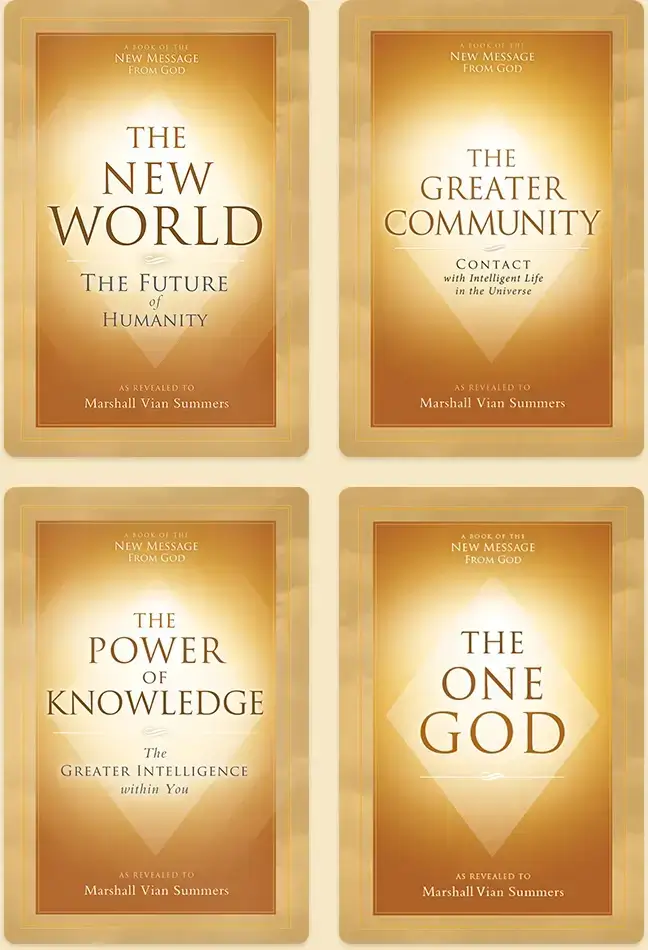Practicing stillness is essential if you are to experience the deeper movement of your life and to receive the guidance of Knowledge within yourself in preparing for a world undergoing great change. Here you will be going beneath the surface of your mind to experience quieter levels of thought or even no thought at all. This is extremely restful and rejuvenating. There are four important elements to build a meditation practice of this kind.
First, it is important to practice in a quiet place without distractions or interruptions. Dedicate, if possible, a small place in your home for this purpose and enhance that environment to support your practice.
Second, you need to be physically comfortable while you practice. Since you will be sitting for this practice, find a comfortable chair or cushions to support you.
Third, you will need to approach your practice with a passive attitude. This means that you are in a relaxed state of mind, not trying to get anything such as insights or answers. You are moving towards achieving a state of stillness or meditation.
Lastly, you need something to focus your mind on so that it does not constantly wander. You can do this either by following your breath or by uttering silently a meaningless word or sound. If your mind begins to wander to thoughts or memories, gently bring it back to your breath or to the sound that you are using. Whatever happens, just keep bringing your mind back to your breath or your sound. Keep bringing your attention back. Using your breath or this sound will, over time, bring you into the experience of deeper and more subtle levels of the mind, like a pebble sinking into a deep pool. Here you are entering the realm of Knowledge, beyond the reach of the intellect.
Therefore, to begin, take time and go to your dedicated practice space. Turn off your phone and any other devices that could interrupt your practice time. Sit up comfortably in a chair or on the floor. Take a series of deep breaths in order to relax. Close your eyes and begin to focus on either your breathing or upon a word or sound. You can naturally follow your breath or you can utter a word silently. In the study of Steps to Knowledge, the sound Na Rahn is recommended. Here you say to yourself softly Na on the inhale and Rahn on the exhale.
Whether you follow your breath or use a sound such as Na Rahn, it is important to stay with it. Your mind will tend to wander, calling up images or problems, memories or concerns. As you continue, practicing stillness will become easier, and you will find yourself experiencing a very relaxed, but alert state. If you find initially that you tend to fall asleep, this is all right. It just means that you may have a pronounced need for rest.
Eventually, you will not fall asleep, but instead, achieve a state of meditation, which is actually even more restful than sleep.
Be patient in learning to meditate. It could take several months to establish this practice. Twenty minutes of meditation, twice a day, will bring tremendous rewards. Studying Steps to Knowledge will give you a solid foundation for building this and other practices that will deepen your experience.
Here you are taking a journey beneath the surface of your mind into deeper states of consciousness. You are building a strong connection to Knowledge, a connection that will stay with you in all circumstances. This will give you strength, clarity and certainty in the increasingly uncertain times ahead.


